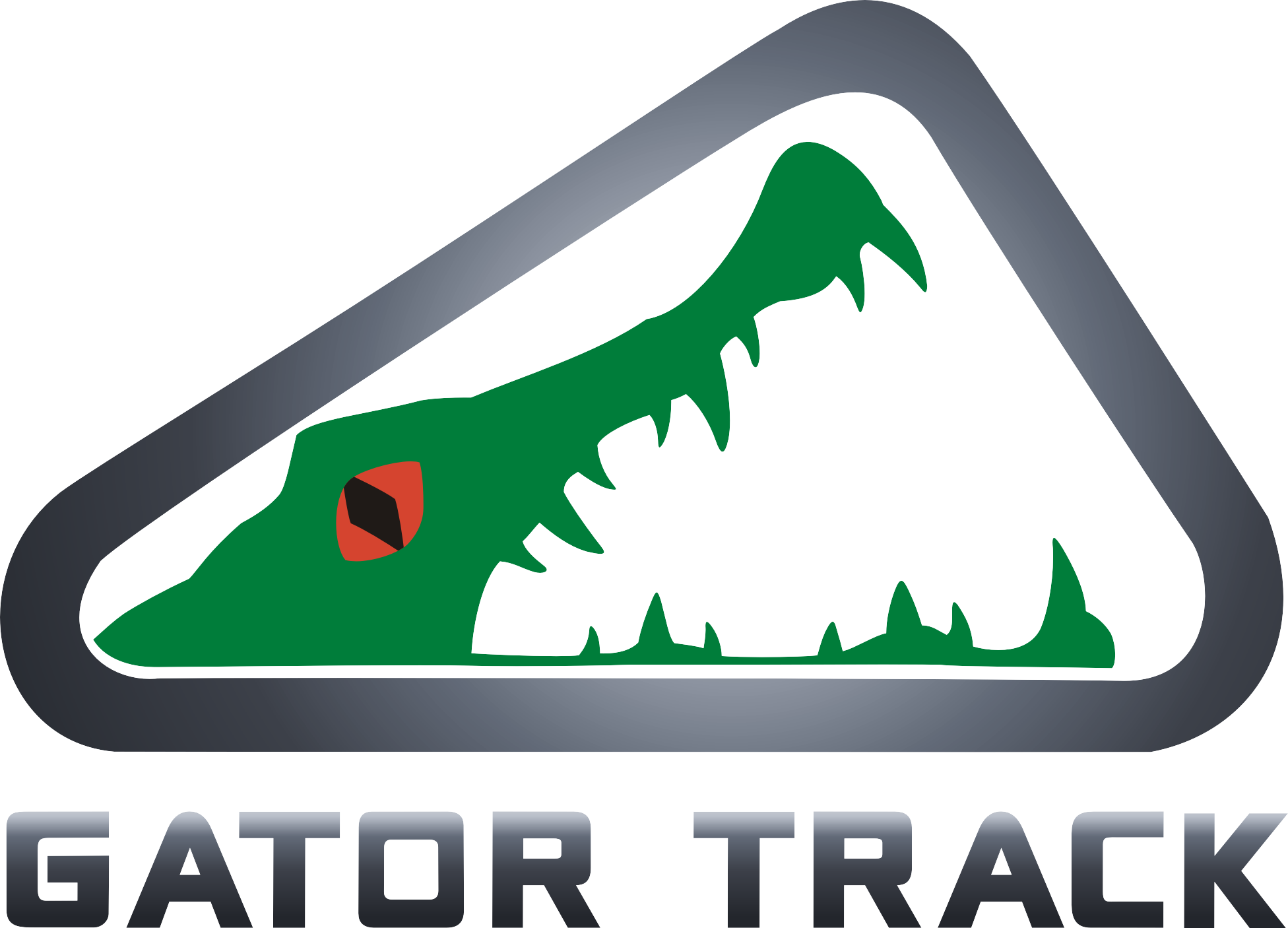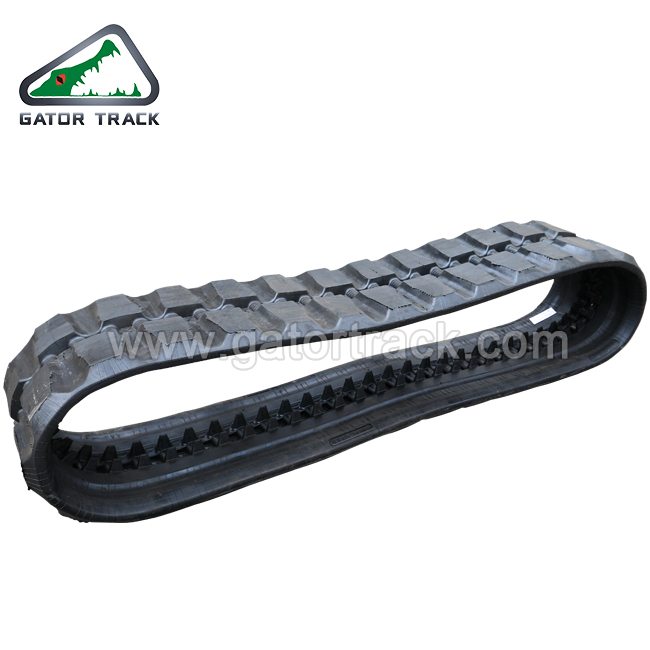If you own a skid steer loader, you know how important it is to have the right tracks for your machine. Skid steer rubber tracks are critical to ensuring optimal performance and efficiency on a variety of terrains. Whether you’re a construction professional, landscaper or farmer, having the right skid steer tracks can go a long way toward increasing your productivity and the longevity of your equipment.
In this comprehensive guide, we’ll cover everything you need to know about skid steer rubber tracks, from their benefits and types to maintenance and buying considerations.
Advantages of Skid Steer Rubber Tracks
Skid loader tracks offer several advantages over traditional tires, making them a popular choice for many skid steer owners. Some of the main advantages of using rubber tracks include:
1. Enhanced traction: Rubber tracks provide better traction on a variety of surfaces, including mud, snow, and uneven terrain. This allows the skid steer loader to maneuver more efficiently even in challenging conditions.
2. Reduce ground damage: Unlike tires, rubber tracks distribute the weight of the machine more evenly, minimizing ground disturbance and damage. This is especially important for landscaping and agricultural applications, where protecting the integrity of the soil is critical.
3. Improved stability: Rubber tracks provide greater stability and a lower center of gravity, reducing the risk of tipping over, especially when operating on slopes or uneven ground.
4. Lower ground pressure: Rubber tracks have a larger surface area and lower ground pressure, which helps minimize soil compaction and protect fragile surfaces.
Types of mini skid steer tracks
When choosing the right skid steer loader track, you must consider the specific requirements of the machine and the type of work you will be performing. There are several types of skid steer rubber tracks available, each designed to meet different needs:
1. C-Lug Tracks: These tracks feature a continuous “C” lug pattern that provides excellent traction and stability on a variety of terrains. C-lug rails are ideal for heavy-duty applications and harsh environments.
2. Block Tracks: Block tracks have a series of individual blocks or lugs that provide balanced traction and a smoother ride. These tracks are suitable for general use and can handle a variety of tasks.
3. Zigzag Tracks: Zigzag tracks feature a unique tread design that enhances traction while minimizing vibration and noise. These tracks are ideal for applications requiring a smooth ride and minimal ground disturbance.
4. Multi-bar pattern tracks: Multi-bar pattern tracks are designed for maximum traction and durability, making them ideal for challenging terrain and heavy-duty operations.
Tracks for skid steer maintenance and care
Proper maintenance is critical to ensuring the longevity and performance of your skid steer rubber tracks. Here are some important maintenance tips to help keep your tracks in top condition:
1. Regular Cleaning: Keep tracks clean and free of debris, dirt and other contaminants that can cause premature wear and damage.
2. Check for damage: Check the tracks regularly for cuts, tears, or signs of excessive wear. Address any issues promptly to prevent further damage.
3. Proper tension: Make sure the track is properly tensioned to prevent track slipping and premature wear. Follow the manufacturer’s guidelines for adjusting track tension.
4. Lubrication: Some rubber tracks may require regular lubrication to maintain flexibility and prevent cracking. Consult the manufacturer for recommendations on a proper lubrication schedule.
5. Storage: When not in use, store the skid steer loader with tracks on a flat, clean surface to prevent unnecessary stress and deformation.
Things to note when purchasing skid steer rubber tracks
When it’s time to replace or upgrade your skid steer rubber tracks, there are several factors to consider to ensure you choose the right track for your machine:
1. Track size: Choose tracks that are compatible with your specific make and model of skid steer loader. Make sure track width, pitch, and number of links meet manufacturer’s specifications.
2. Tread Pattern: When choosing a tread pattern, consider the type of work you will be performing and the terrain you will be operating on. Choose a pattern that provides the best traction and stability for your application.
3. Quality and Durability: Invest in high-quality rubber tracks designed for durability and longevity. Look for tracks that are made from high-quality materials and come with a solid warranty.
4. Compatibility: Verify that the track you are considering is compatible with the skid steer loader’s chassis and track system. Please consult an experienced supplier or manufacturer to ensure compatibility.
5. Price and Value: While cost is a factor, value and quality should be prioritized when selecting skid steer rubber tracks. Choosing cheaper, lower-quality tracks may result in higher long-term costs through premature wear and frequent replacement.
In summary, skid steer rubber tracks are an important part of a skid steer loader and offer numerous benefits and advantages over traditional tires. By understanding the different types of tracks available, implementing proper maintenance practices, and making informed purchasing decisions, you can ensure your skid steer loader is operating at its best and delivering optimal performance in a variety of applications.
Whether you’re traversing challenging terrain on a construction site or maintaining delicate landscaping, the right skid steer track can significantly improve your productivity and overall operational efficiency. With the information provided in this guide, you can make informed decisions and maximize the performance and service life of your skid steer rubber tracks.
Post time: Apr-27-2024

